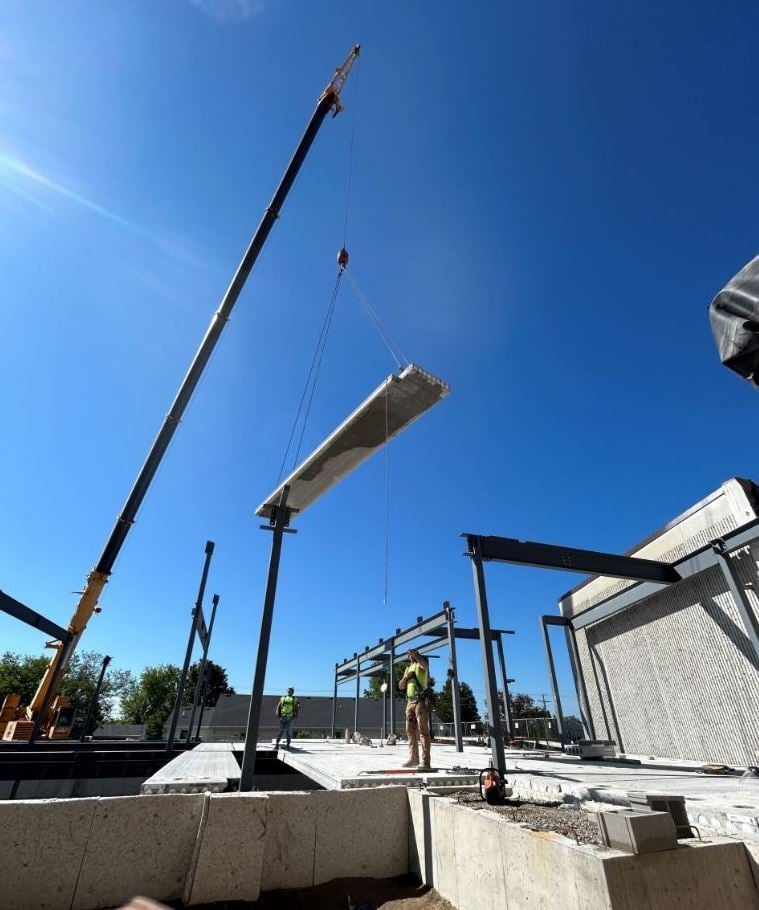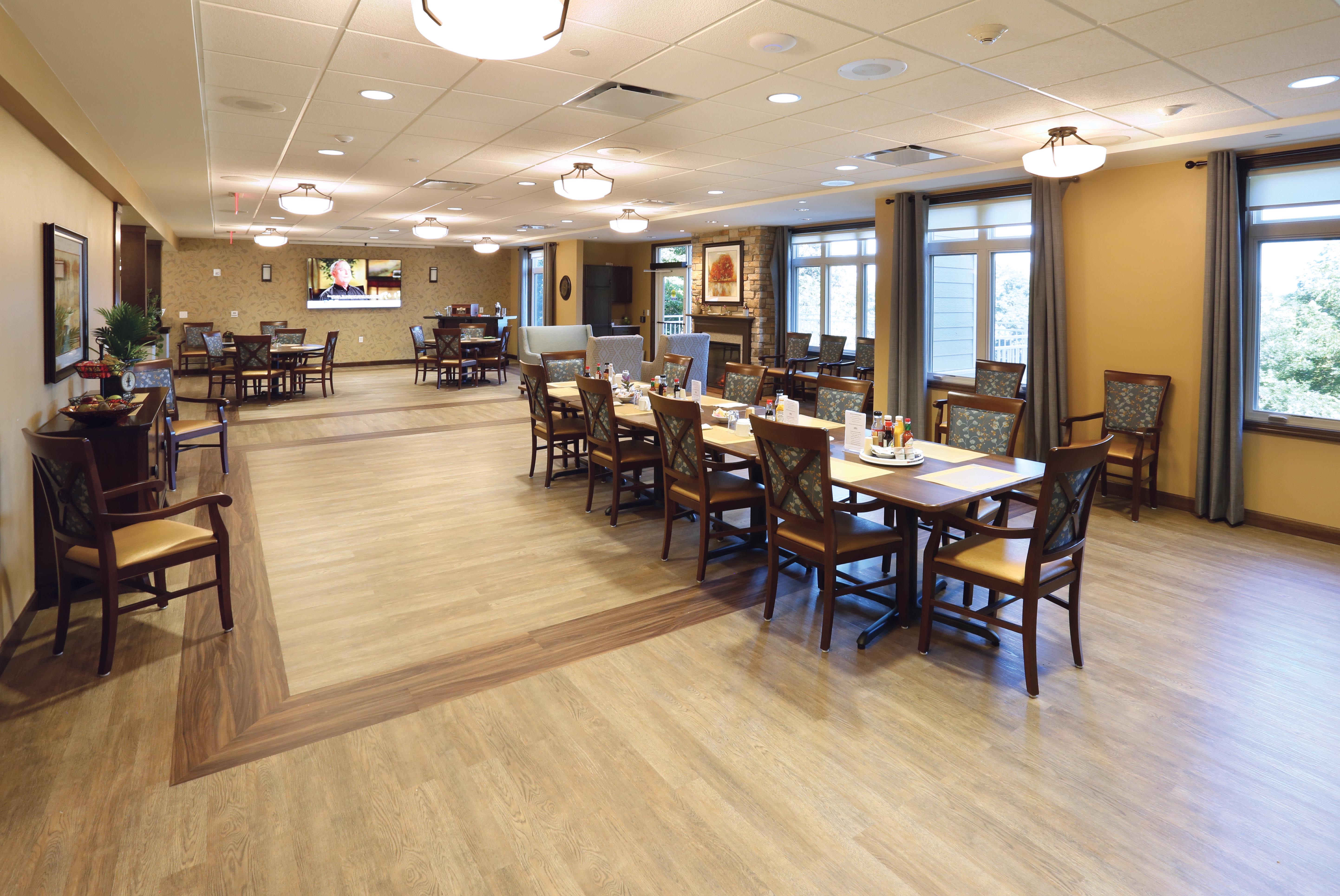An alternative method is construction management at-risk, or CMR. With this approach, the construction manager, who frequently is a general contractor, advises on both the design and construction phases of the project to make sure the costs remain at or below the set maximum price. If the project estimate exceeds the determined limit, the construction manager may be liable for expenditures over the agreed upon amount. With this methodology, then the project is separated into two components: design and construction. A challenge with this delivery method is that it favors ways to meet the price versus value and quality. There typically is a lack of transparency, as well, with items such as equipment rental costs, bids, and sub-contractor markups.
Another method is the design-build approach. It involves two key parties: the owner and the design-build entity. There is a single contract between the owner and either the contractor or the architect — who is then accountable for both design and construction. This method works best when you design THEN build. Be cautious of methods that attempt to design-as-you go, as they can limit options for dealing with challenges along the way.
One more method, which is progressively more in demand, is integrated project delivery, or IPD. This methodology imposes a single, multi-party agreement. It presents a single source of responsibility that eliminates finger-pointing, intensifies accountability, and streamlines the building process. Further, this approach heightens the interaction between the client’s staff members, project stakeholders, planners, architects, and construction managers all through the course of the project. IPD often adds a layer of assurance by having all parties (architects, designers, constructors, etc.) contractually accept their individual stakes in the responsibility and risk.
A shift has happened
The construction industry has progressively seen the value of using an integrated process such as design-build and IPD. In some cases, general contractors will not even consider design-bid-build anymore. This indicates that owners are finding that a collaborative process works more effectively for all parties, providing value beyond traditional contracting methods.
According to Paul Trombitas, a senior consultant with FMI (Fails Management Institute), integrated processes offer the ability to fast track, be creative, and increase project collaboration. At Hoffman, we realized these advantages decades ago and can confirm that integrated approaches have greatly benefited our clients. That value is identifiably intensified during these current challenging times for construction projects.
Why use an integrated approach?
Here’s why a collaborative construction process can substantially benefit you on your next project. The IPD and design-build approaches emphasize brainstorming, greater communication, collaboration, planning, and consensus building. At the beginning, these methods encourage all involved parties to look, with the greatest peripheral vision, for sensible and timely solutions to all matters, including what we are currently experiencing with supply chain issues, staffing shortages, and increased costs.
Important items to realize:
- Suspending a response to the current construction environment until time to go to bid will be too late.
- Getting subcontractors engaged in advance will help alleviate labor challenges by lining up projects on their schedules well in advance.
- Designs might need to be altered to incorporate materials and systems that can be obtained when you need them.
Genuine collaboration realizes rewards
As you interview potential architecture, engineering, and construction partners, be sure the conversation isn’t about the perception of taking a collaborative approach. It is vital you hire a team with a proven track record. Initiate discussions with the firms’ past clients and find out how collaborative your potential partners truly are. Ask challenging questions.
Your project can be expensive and will affect your residents and their families for years to come, as well as your caregivers. You must be sure you are putting the best and the most experienced team on the field to make your project successful.
Illustration of benefits
A great example of the advantages of an integrated approach is a current project at Shorehaven in Oconomowoc, WI. Shorehaven’s current property offers assisted living, independent living, and skilled nursing. This project involves the renovation of four SNF households and the conversion of three SNF households into CBRFs (community based residential facilities), among other building upgrades.
A considerable amount of credit should be given to the owner, as the phasing plan prioritized residents’ well-being and maintained a steady occupancy throughout construction. Our phasing strategy discussions started way back in the master-planning stages and continued to be fine-tuned throughout the entire design phase.
Favorable bids and the use of IPD allowed the owner to incorporate additional wish list items without increasing the budget.
Your community can reap the rewards, too
Engage with professional services providers for integrated project delivery or design-build and you, too, are likely to enjoy the rewards that improved collaboration, cohesive communication, and a better understanding of construction schedules and costs offer. This level of cooperation improves the likelihood of discovering viable opportunities to enhance the scope of work, giving senior living operators more for their money and helping to ensure on-time and on-budget project delivery.





